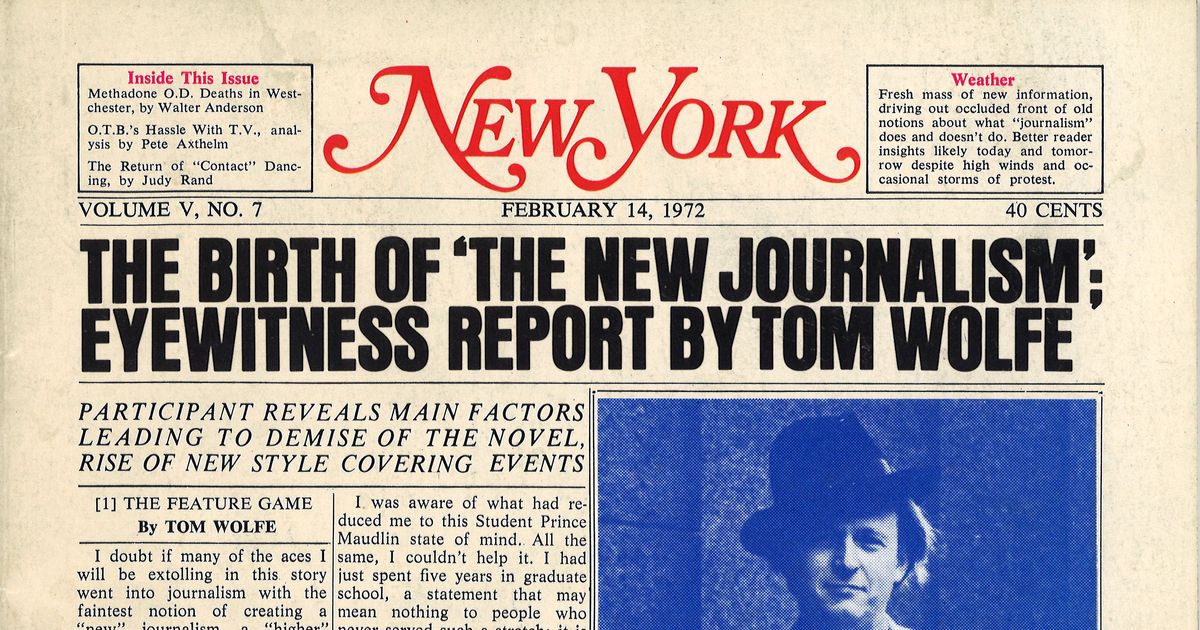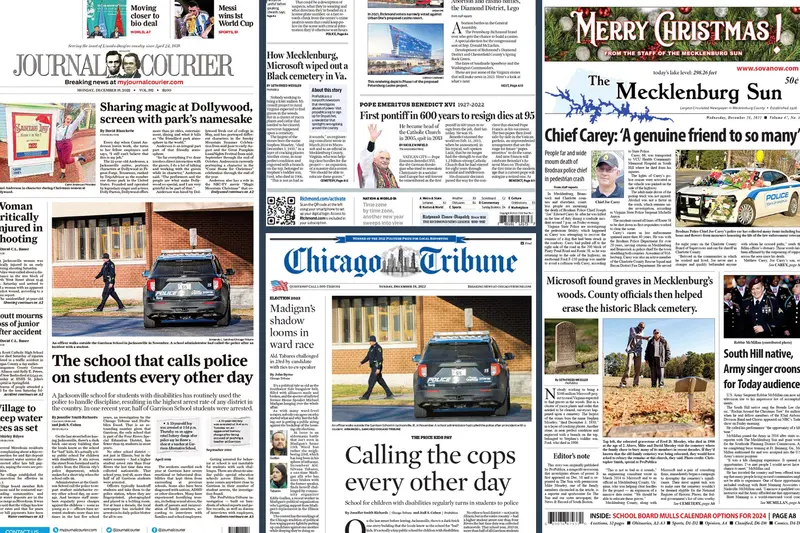News Articles Can Be Fun For Anyone
Table of ContentsRumored Buzz on News ArticlesNews Articles Things To Know Before You Get ThisNot known Factual Statements About News Articles 8 Simple Techniques For News ArticlesNews Articles Fundamentals Explained
Excellent expertise of various subjects gives students an one-upmanship over their peers. Although digital and social media are readily easily accessible, we should not fail to remember just how crucial it is to read the newspapers. Moms and dads have to try and inculcate the behavior of reading a paper as a day-to-day regimen to continue the heritage of the revered print tool.Newspaper article additionally contain at least among the adhering to vital qualities about the desired audience: closeness, importance, timeliness, human rate of interest, quirk, or repercussion. The related term journalese is sometimes utilized, typically pejoratively, to refer to news-style writing. An additional is headlinese. Papers typically follow an expository writing style.
Within these restrictions, information stories also aim to be thorough. Among the bigger and more revered papers, justness and balance is a significant element in presenting information.
Papers with a worldwide target market, for example, have a tendency to utilize an extra formal design of composing. The certain choices made by an information electrical outlet's editor or content board are typically accumulated in a style overview; typical design guides consist of the and the US Information Style Book. The major objectives of information writing can be summarized by the ABCs of journalism: accuracy, brevity, and clearness.
The Single Strategy To Use For News Articles
As a rule, journalists will certainly not use a long word when a short one will certainly do. News writers try to stay clear of making use of the same word much more than once in a paragraph (sometimes called an "echo" or "word mirror").
Headings sometimes omit the subject (e.g., "Leaps From Watercraft, Catches in Wheel") or verb (e.g., "Feline lady fortunate"). A subhead (also subhed, sub-headline, subheading, caption, deck or dek) can be either a subordinate title under the main heading, or the heading of a subsection of the post. It is a heading that comes before the main message, or a group of paragraphs of the primary text.

of a short article topic, source, or interviewee), it is referred to as a drawn quotation or draw quote. Added billboards of any of these types might show up later on in the article (especially on succeeding web pages) to entice additional reading. Journalistic websites often make use of animation methods to exchange one billboard for an additional (e.g.
Getting The News Articles To Work
Such billboards are likewise utilized as pointers to the short article in various other areas of the magazine or website, or as promotions for the piece in various other publication or websites. Press release of the Swiss government. Common structure with title, lead paragraph (recap in strong), various other paragraphs (details) and contact info.

Example of a hard-lead paragraph NASA is suggesting an additional room job. The spending plan demands roughly $10 billion for the project.
An "off-lead" is the 2nd most vital front web page information of the day. To "bury the lead" is to start the short article with background information or details of second relevance to the readers, compeling them to check out more deeply right into a short article than they ought to have to in order to find the necessary points.
A Biased View of News Articles
Typical use is that or 2 sentences each develop their very own paragraph. Journalists typically define the company or framework of a newspaper article as an upside down pyramid. The important and most fascinating elements more info here of a tale are put at the start, with sustaining information following in order of decreasing importance.
It allows individuals to discover a topic to only the depth that their interest takes them, and without the charge of details or subtleties that they might consider unnecessary, however still making that info available to much more interested viewers. The inverted pyramid framework also allows posts to be cut to any kind of arbitrary length throughout design, to fit in the area readily available.
Some authors start their stories with the "1-2-3 lead", yet there are lots of kinds of lead available. A kicker can refer to numerous things: The last tale in the news program; a "pleased" tale to finish the program.
Longer write-ups, such as magazine cover articles and the pieces that lead the inside areas of a paper, are understood as. Attribute tales vary from straight news in several ways.
Getting My News Articles To Work
The journalist commonly information interactions with meeting subjects, making the piece a lot more individual. A feature's very first paragraphs frequently connect an interesting minute or occasion, as in an "unscientific lead". From the from this source particulars of a person or episode, its view quickly broadens to abstract principles regarding the story's topic. The section that signifies what a feature has to do with is called the or signboard.

The Editor's Tool kit: A Recommendation Overview for Beginners and Professionals (2001) Allan M. Siegal and William G. Connolly. The New York Times Handbook of Design and Use: The Authorities Style Overview Utilized by the Writers and Editors of the Globe's The majority of Authoritative Paper (2002) M. L. Stein, Susan Paterno, and R.